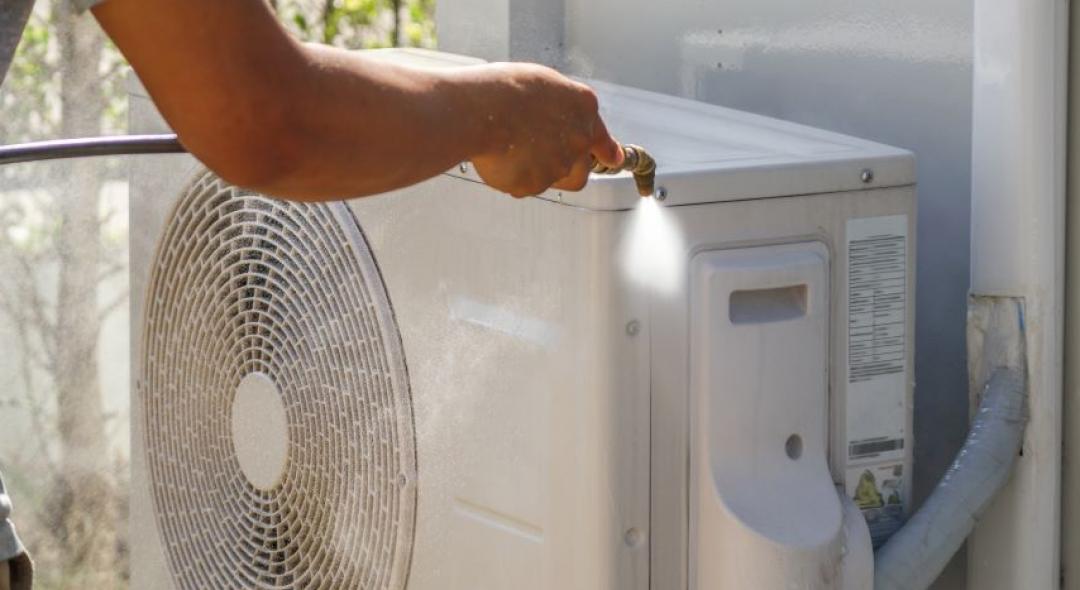
One critical aspect of fall plant care, watering plants in the fall is no mystery, but we will help you through it today! Try to monitor the weather conditions, know the specific needs of your plants, check the moisture of the soil, use mulch, and water in the morning.
As the vibrant colors of summer give way to the rich hues of fall, it is important to adjust your gardening practices to ensure your plants thrive during the fall season.
Let’s explore the best practices for watering plants in the fall, taking into consideration various factors to ensure your garden remains healthy and beautiful.
How To Water Plants In The Fall In 5 Simple Steps
When it comes to watering outdoor plants in the fall, several factors come into play. You need to pay attention to the weather, to the type of plants, and the soil moisture. Also, mulching and watering in the morning improves the watering practices.
- Monitor the temperature and weather forecasts regularly. In the fall, days can be warm while nights are cooler. Adjust your watering schedule accordingly to avoid overwatering in cooler temperatures.
- Understand the specific needs of each plant in your garden, different plants have different water requirements. Some may require more frequent watering, while others can thrive with less.
- Test the moisture levels of the soil before watering. Stick your finger into the soil up to your second knuckle. If it feels dry at that depth, it is time to water. If it is still moist, hold off on watering for a few more days.
- Mulch your yard! Applying a layer of mulch around your plants can help retain soil moisture and regulate temperature. Mulching also reduces evaporation, which is especially beneficial in the fall when the air is drier.
- Aim to water your plants in the morning when the temperatures are milder. This allows the plants to absorb the moisture before the cooler nighttime temperatures set in, reducing the risk of fungal or other turf diseases.
These recommendations are the key to successfully watering your plants in the fall. Pay attention to the details and nail it by keeping your plants healthy!
How Often To Water New Plants In The Fall?
Watering newly planted shrubs or perennials in the fall requires extra attention during their first season. Typically, you should water them more frequently than established plants. Keep the guidelines listed below in mind.
- First six weeks: water new plants every 2-3 days to establish strong root systems.
- After six weeks: gradually extend the intervals between watering sessions. Once the roots are established, follow the general watering guidelines mentioned earlier.
Watering new plants in fall is a delicate task that needs thoughtful work. Beware not to exaggerate nor underwater them! For more yard maintenance during fall, check our inspiration blog!
When To Stop Watering Plants In The Fall?
Knowing when to stop watering your plants in the fall is crucial to prepare them for the winter ahead. As the fall season progresses and temperatures drop consistently, reduce the frequency of watering. Ensure the soil is moist but not soggy going into the winter months.
When you receive a hard frost warning for your area, it is time to stop watering altogether. Frozen soil can damage plant roots, so it is best to let nature take its course and save your plants from frost.
Should I Water Plants In November?
In most regions, November marks the transition into winter, and plants naturally enter a period of dormancy. At this stage, they require minimal water, if any. Only water your plants in November if you experience an unusually dry spell or if certain plants specifically demand moisture.
Be cautious not to overwater, as too much moisture in cold conditions can harm plant roots.
Watering plants in the fall is a simple but detailed task, if you are new to this, don’t worry: homeyou’s landscapers are experts and will help you out on this mission! Don’t hesitate to call them!
